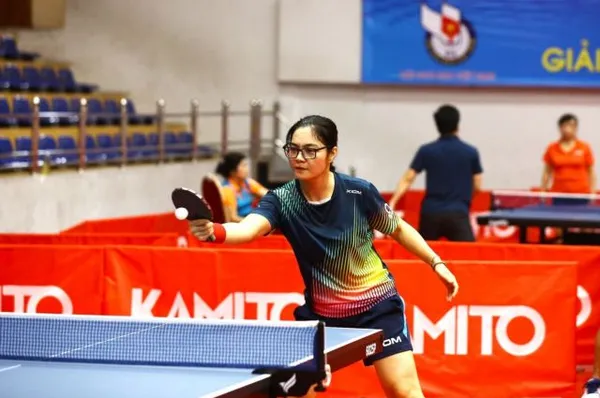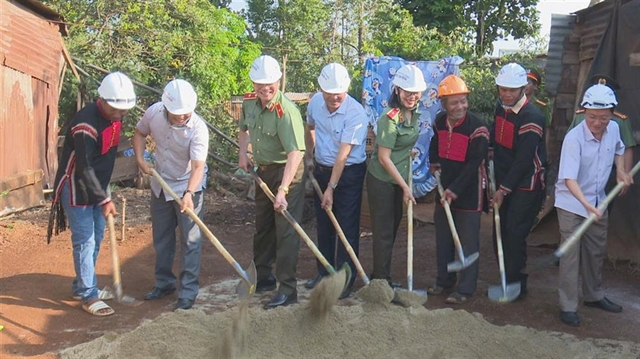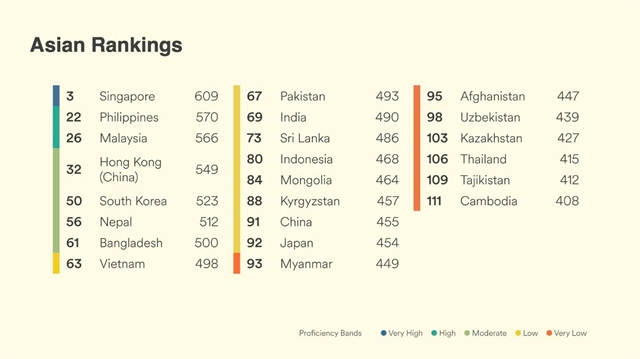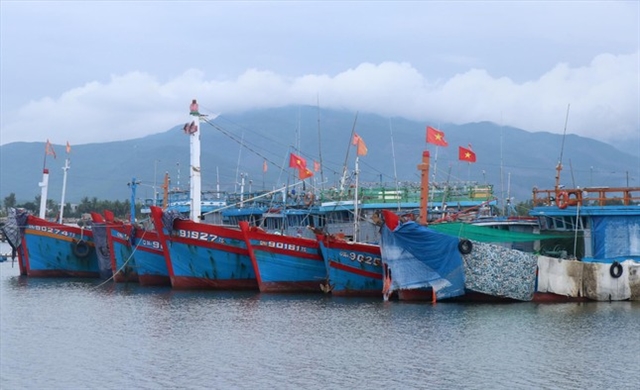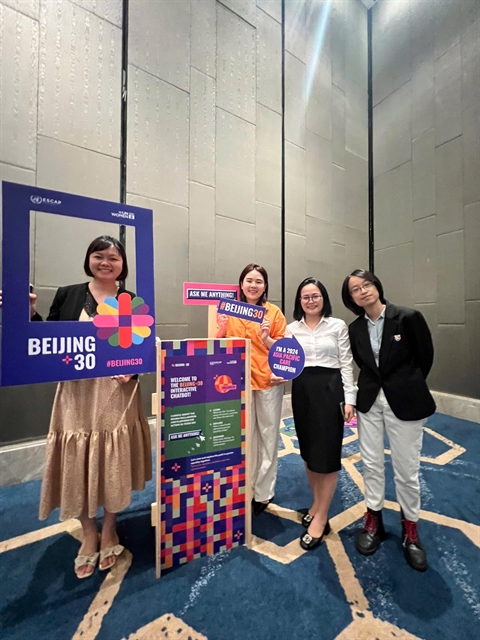 Opinion
Opinion
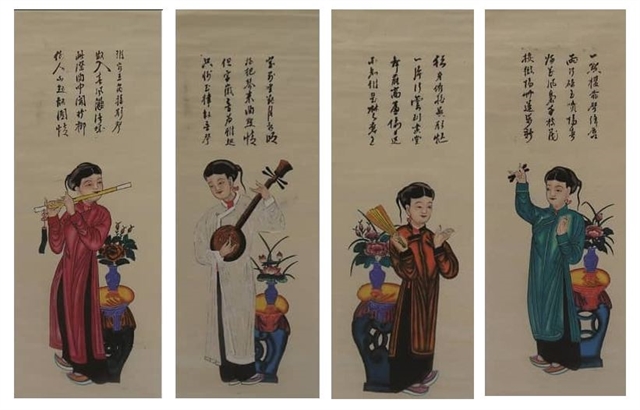
Vivian Balakrishnan, Singapore’s Minister of Foreign Affairs and 2018 chair of ASEAN, tells journalists that to understand the bloc’s history and challenges, it is important to examine the external environment and strategic forces that have shaped it over the last 50 years.
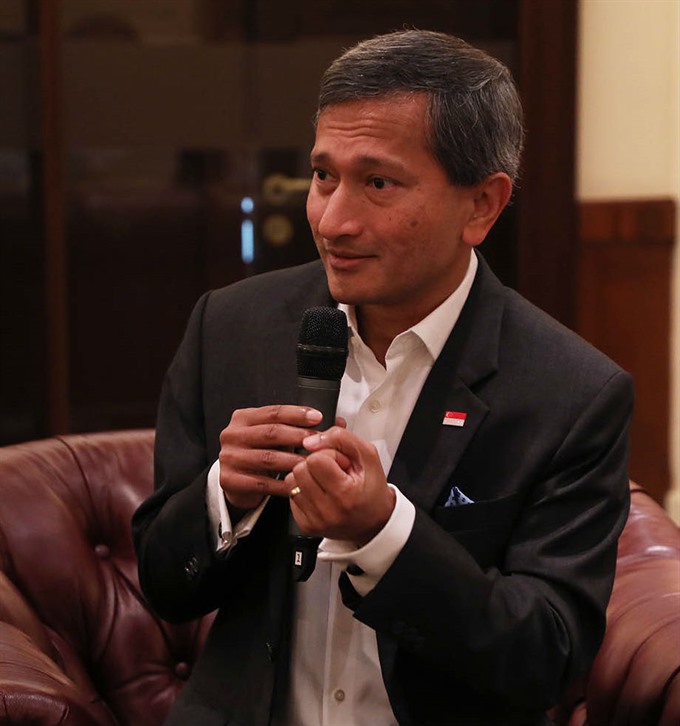 |
| Minister of Foreign Affairs of Singapore Vivian Balakrishnan. |
Vivian Balakrishnan, Singapore’s Minister of Foreign Affairs and 2018 chair of ASEAN, tells journalists that to understand the bloc’s history and challenges, it is important to examine the external environment and strategic forces that have shaped it over the last 50 years.
What is your assessment of where ASEAN stands today and the future and present challenges it faces?
Today, ASEAN-10 has a combined GDP of US$2.5 trillion and a population of 628 million people, which is larger than the European Union.
As always, ASEAN continues to be affected by external developments. Number one, the geo-strategic balance of power is changing again. The key change is the rise of China. And that will continue over the next couple of decades. Another key external factor is that the previous global consensus in favour of trade liberalisation, of economic integration, of investments… is becoming very shaky.
The third thing which has changed is technology. It’s transforming the way we live, work and play. Old jobs are disappearing, middle class wages are under pressure, and there are new jobs being created, but there is a skills mismatch. And it is why governments need to restructure economies, upgrade the workforce, upgrade infrastructure in order to create new jobs, and expand capabilities and skills in our people so as to provide them with new jobs.
The fourth factor is more an internal factor; which is whether ASEAN will continue to prioritise unity, cohesion, and consensus. Without ASEAN unity, there will be no ASEAN centrality. And today, when we have an ASEAN Summit, an East Asia Summit, we have top leaders from America, China, India, Japan, South Korea, Australia, New Zealand, Russia, and even the EU. If ASEAN was not successful, dynamic, united, and there was no centrality, I don’t think all these people would bother to come.
So this is another thing which ASEAN member states will need to decide, because of our unique way of making decisions and achieving consensus. We must get the balance right between protecting our own national interests vis a vis advancing regional interests and making ourselves collectively have a louder voice, greater weight and more relevance to the rest of the world.
Otherwise what we have achieved so far will become irrelevant. So my point is: if you look at the geo-strategic balance of power, you look at the fundamentals of economic growth, you look at the digital revolution and then you look at ourselves internally, and look at whether we will remain united – all these are fundamental challenges.
What will be priorities for Singapore as ASEAN Chair in 2018?
So bearing these (above-mentioned) things in mind, when Singapore becomes the rotating chair of ASEAN next year, we have decided to focus on two themes – resilience and innovation.
Resilience because we have to deal with both short-term and urgent problems like terrorism, extremism, security threats, and even natural disasters – typhoons, floods. So ASEAN – both individual member states and collectively – we need to be resilient and be able to cope with all these crises.
The other area is innovation because there is a digital revolution. There is an urgent need to restructure economies to upgrade and up-skill our people, and to find new engines of growth. We hope that by addressing these challenges collectively, by interconnecting and sharing ideas, and creating a network of enterprises, entrepreneurs, smart cities, we will be able to harvest these new digital opportunities more effectively because we do so as one ASEAN.
So that’s why we will focus on these two themes of resilience and innovation.
How important is the Regional Comprehensive Economic Partnership and what would be Singapore’s push for it next year?
We believe in economic liberalisation, we believe in free trade, we believe in an inter-dependent world where we are all invested and cross-invested with each other. We believe this has been a formula that over the past 70 years, has been able to achieve both peace and prosperity and that ASEAN member states have been key beneficiaries of such a system: a multilateral, rules-based system, trade liberalisation and international law.
We continue to believe in this and our first priority has been ASEAN integration, and that’s why we have the ASEAN Economic Community.
The point I’m making is that we start at home first by making sure that there is optimal trade and investment within ASEAN. Now, having done that, ASEAN has free trade agreements. I talk about ASEAN as a whole - with six other parties, and these six other parties are China, South Korea, Japan, Australia, New Zealand and India.
So in a sense, the RCEP is actually just one more step beyond the existing agreements that ASEAN already has with these six. It’s a very ambitious agreement because if you actually put RCEP together, I think it’s something like 40 per cent of the world’s GDP, nearly 30 per cent of global trade, it’s a very big bloc.
Singapore obviously believes and supports this; we are doing our best to help facilitate the conclusion of these negotiations. Actually. we don’t just believe in having a RCEP, our larger vision is to achieve a Free Trade Area of the Asia Pacific (FTAAP). And we believe that the RCEP is one of the avenues through which we can achieve this.
Singapore and Việt Nam this year jointly proposed the annualisation of ADMM-plus from 2017 onwards. Can you elaborate on this initiative?
Well, I can’t go into details but basically the ASEAN Defence Ministers have been meeting regularly and I think that their view is that there are more challenges, for instance, dealing with terrorism, and extremism. They felt that closer and more regular interaction will enable them to be able to respond more effectively collectively.
And it’s good for our defence security agencies to meet, to communicate and to collaborate more effectively -that’s the genesis behind it.
How realistic is a borderless ASEAN community?
No other multilateral organisation has members who are as different, as diverse, as ASEAN. If you look at the EU, or you look at other international groupings, no grouping has as much diversity as ASEAN. We have to recognise that.
That’s why we have the ASEAN Way – consensus, consultation, compromise. We may take a lot longer to make decisions, and we don’t engage in megaphone diplomacy. But sooner or later we will get there. So I think one very important lesson is: don’t run ahead before you can walk. We don’t want to make mistakes, like, say the EU.
So I don’t think we are going to get to a borderless ASEAN where we don’t need passports and all that. But we can have a more integrated ASEAN. We can lower trade barriers. We can enable our entrepreneurs and our companies to work together more effectively to expand their business opportunities.
I see it as a gradual process of integration, of interdependence, rather than, you know – we are not going to have a common currency, we are not going to be borderless, you know, you will still need your passport. So that’s our vision. So we’ll do it in the proper sequence. - VNS


